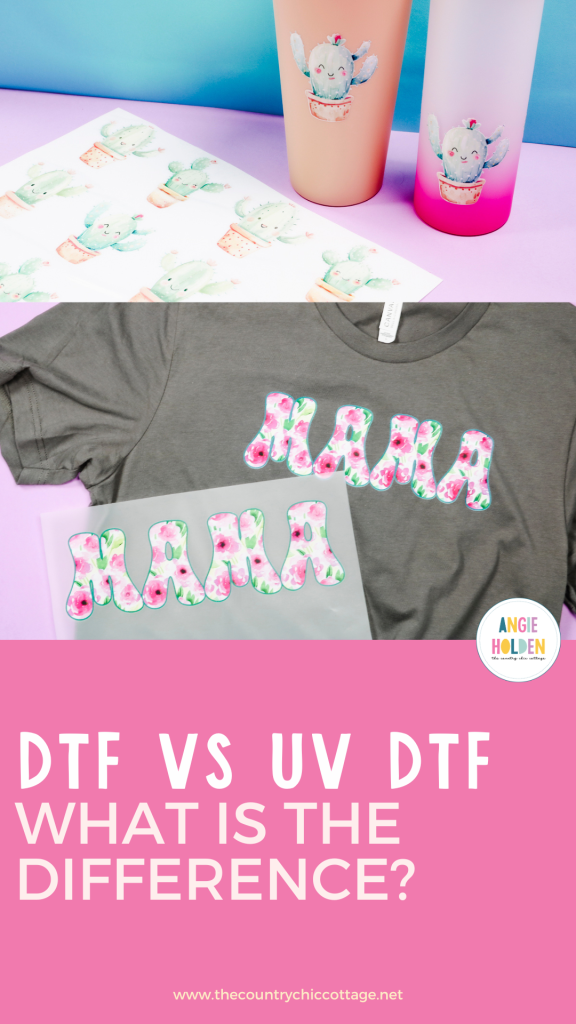Today we're going to talk about DTF vs UV DTF. How are they different? Which one do you need for the blank you're using? These are two very different materials but it can be confusing knowing which one you need.
You can learn more about DTF printers to help you decide if you need one in your craft room in my What is DTF Printing post.
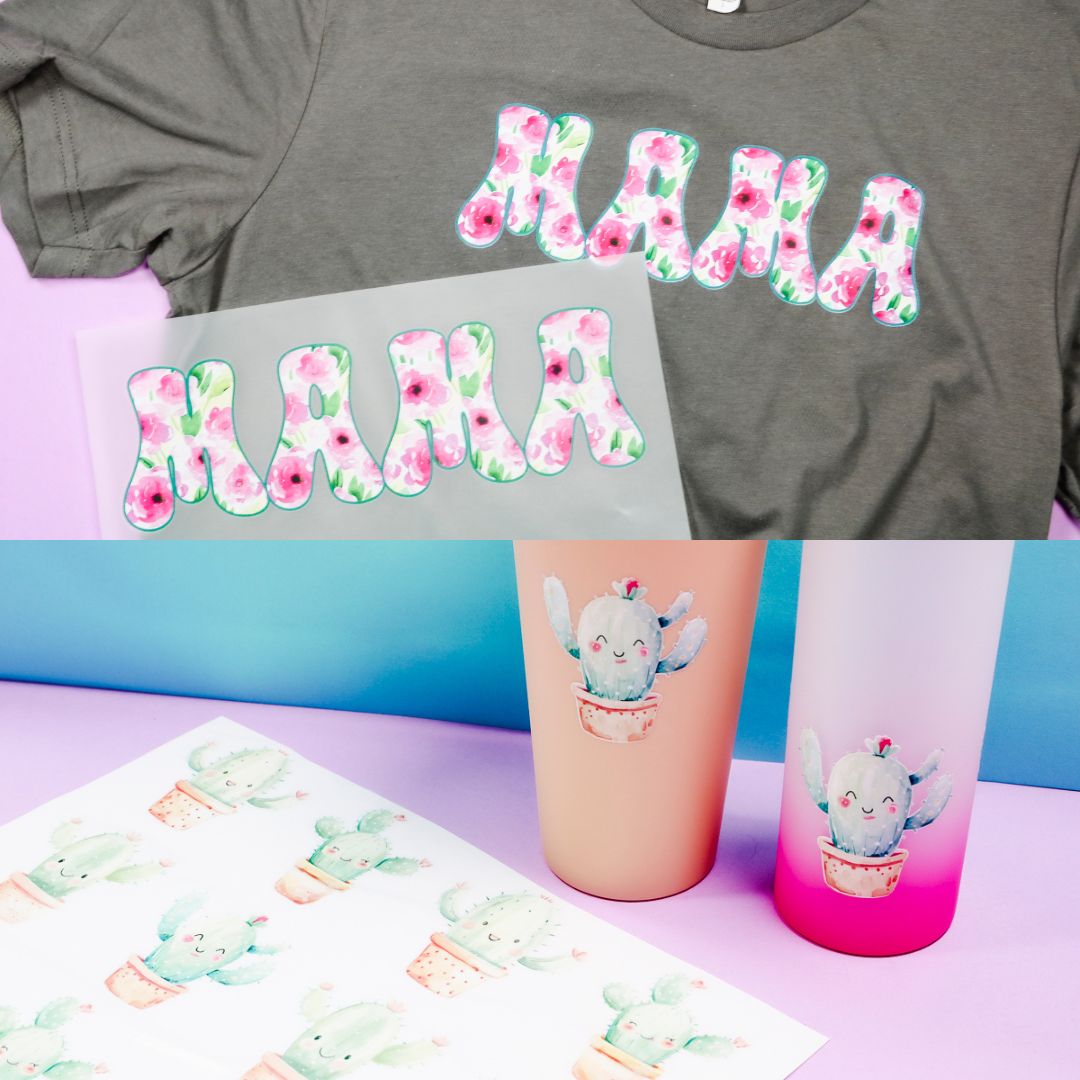
DTF printing and UV DTF printing require different blanks and different printers. You can watch me walk through the differences and the materials they each work on by pressing play on the video below.
DTV vs UV DTF
I have many different tutorials for DTF and UV DTF and I will link to them throughout this article if you're looking for more information on either of these materials.
DTF stands for Direct to Film. Both printers print the ink directly onto the transfer film. DTF printers print five colors, black, cyan, magenta, yellow, and white.
Let's look at each material and how it works.
Make sure you're following all safety precautions when working with DTF if you're printing your own prints, including wearing a mask, gloves, protective clothing, and protective eyewear, and curing the adhesive powder in a dedicated DTF oven that filters the fumes.
What is DTF
A traditional DTF printer prints directly on the film, and then you add the adhesive powder while the ink is still wet. Next, you will cure the powder in a DTF oven and it's ready to apply to textile surfaces.
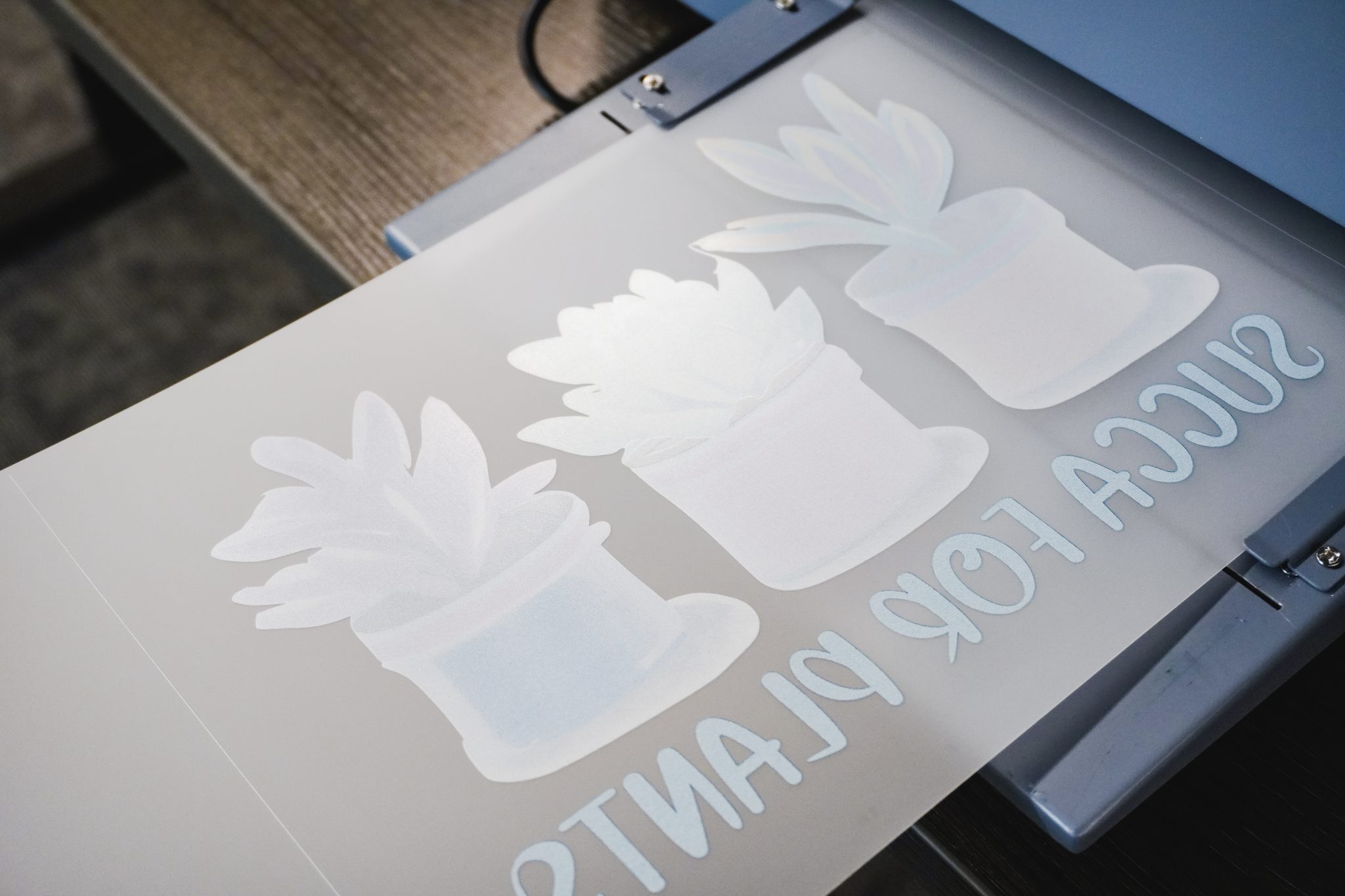
Porous surfaces work best with regular DTF printing.
Once you cure the adhesive on the DTF print, you can either store the print for later use or apply it to your blank right away.
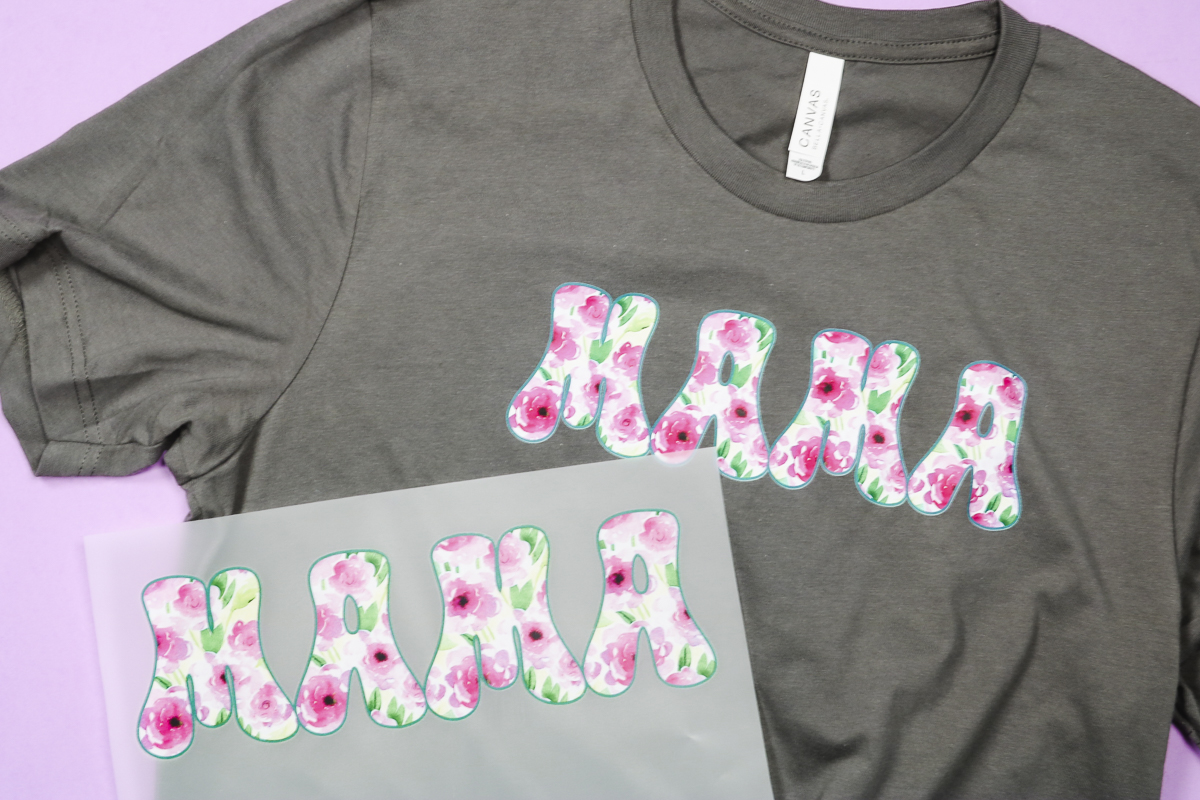
If you're looking for a material that you can add to any fabric type in any color, this may be the right material for you.
What is UV DTF
UV DTF is completely different than regular DTF. A UV DTF printer takes a completely different type of ink than a regular DTF printer and the ink is cured under a UV light.
The film will feed through the printer and the ink will print onto the film. Then a UV light cures the ink right inside the printer.
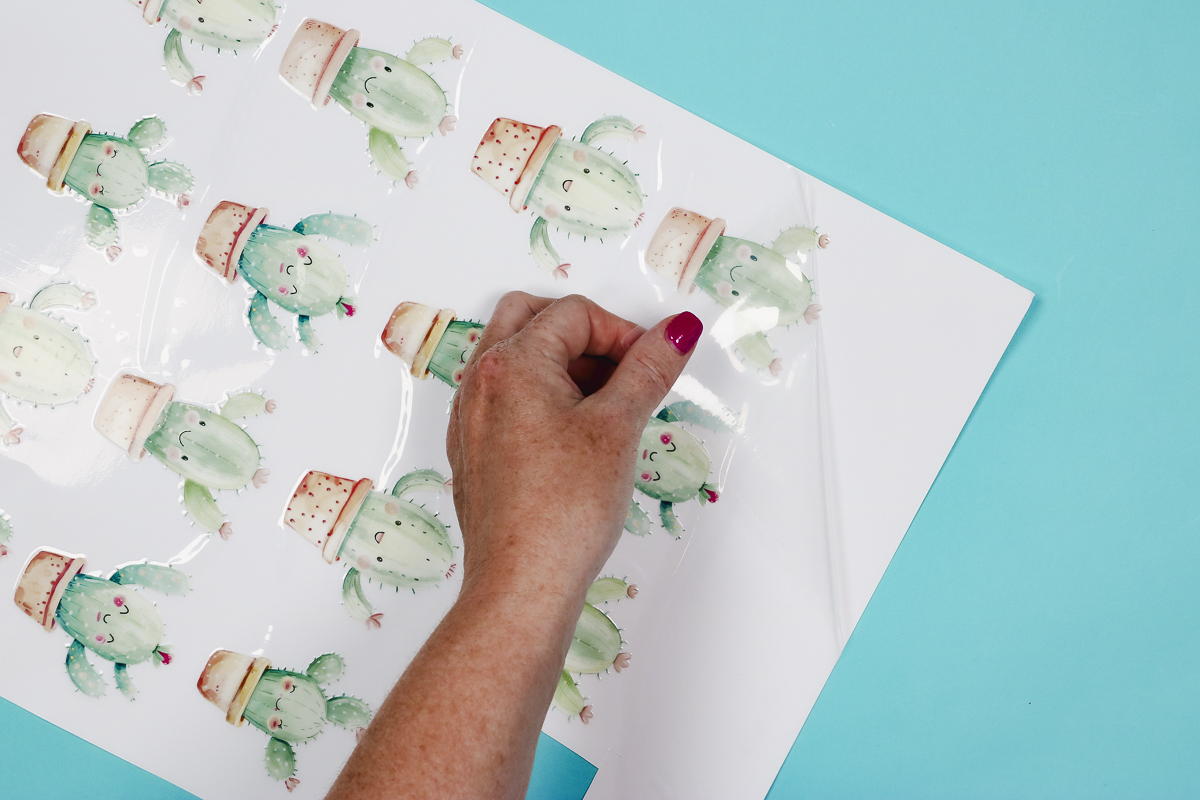
In most instances, a laminate is laid down on top during the printing process and that produces a sticker that you can apply to hard surfaces.
It is similar to having a vinyl material with a transfer sheet already applied. The adhesive on UV DTF prints is extremely aggressive. Once it is in place, it will last a very long time on a wide variety of hard surfaces.
You do need to be careful when applying a UV DTF design. You will not be able to reposition the design once it is stuck down so make sure you have it located correctly before you touch it to the blank.
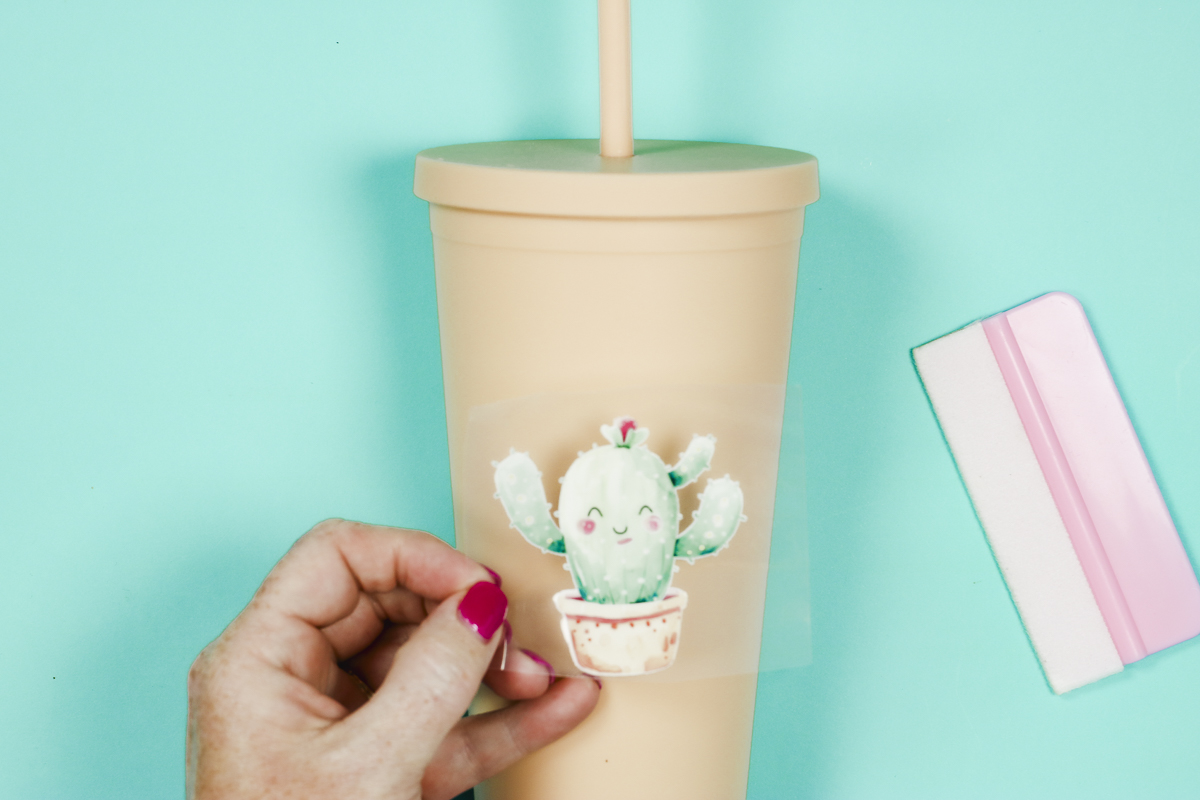
If you're looking for a long-lasting sticker material that will hold up to daily wear and tear this may be the right option for you.
How to Order DTF and UV DTF Prints
The great thing about both of these DTF printing options is that you don't need to own a printer and do all the maintenance to get these prints.
Both UV DTF and DTF prints can be ordered from a variety of sources allowing you to have the flexibility of using the prints without having the expense and maintenance of the printer.
Where to Order DTF Prints
The pressing process for a DTF print could not be easier. You simply preheat the shirt, apply the DTF print and press. Follow the instructions that come with your print.
You can use any type of fabric as long as it can withstand the temperature required.
I have ordered my DTF prints from a few different businesses and have been happy with them.
Where to Order UV DTF Prints
Once you order UV DTF prints you're going to be hooked. I love that you can use them on any solid surface, you don't need a special coating or special material for these prints.
UV DTF prints can also be ordered and then easily applied to hard surfaces like glass, metal, plastic, etc.
I order my UV DTF Prints here.
Is DTF or UV DTF Right for Your Project?
I am a big fan of both of these print options. Whether you want to add a design to a solid surface or a textile there is a DTF option for you.
DTF prints are primarily for textile surfaces although some porous surfaces like wood also work with these prints.
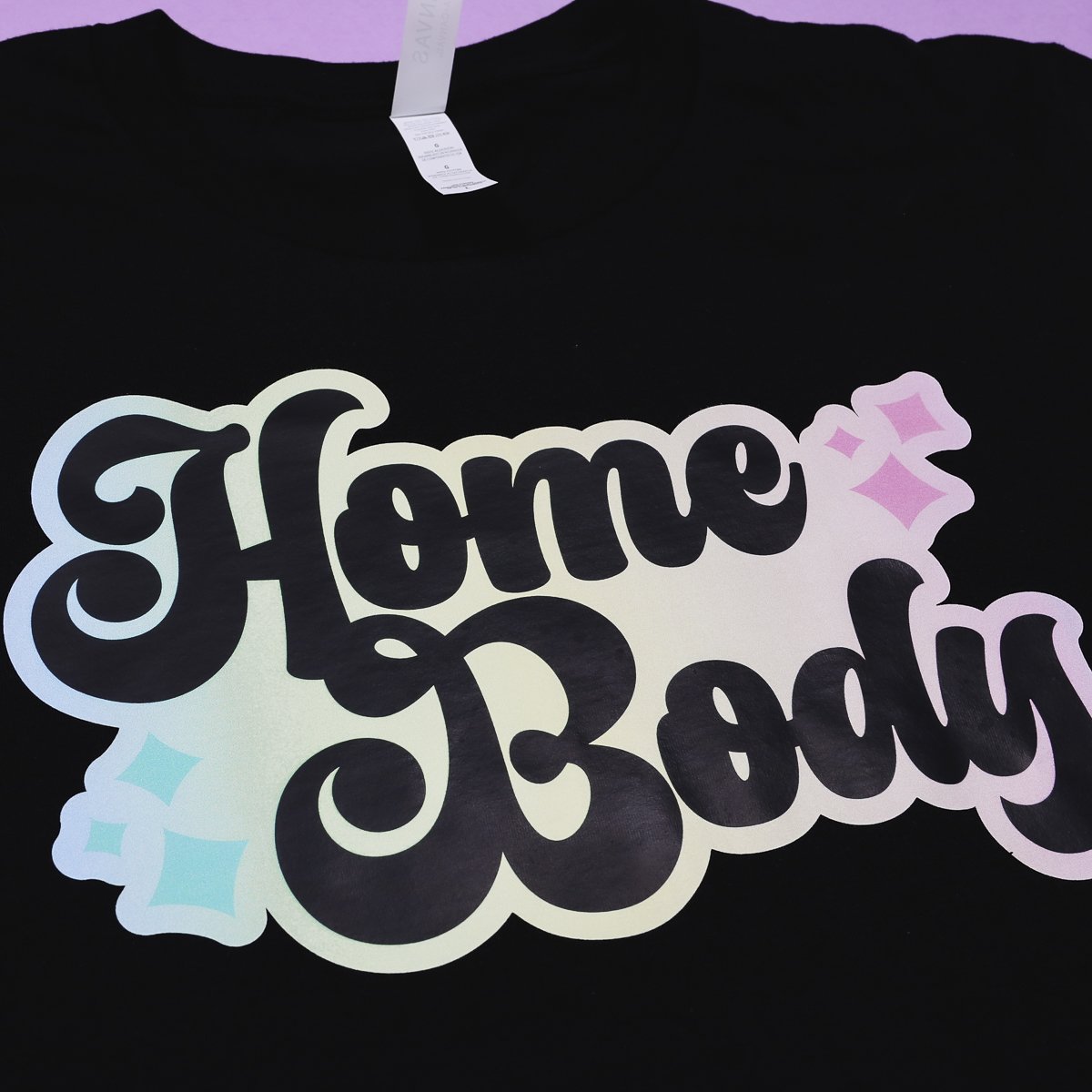
UV DTF is for non-porous surfaces where you want to use a sticker. When using a UV DTF, I do recommend a smooth surface. You don't want something that has a rough texture to it.
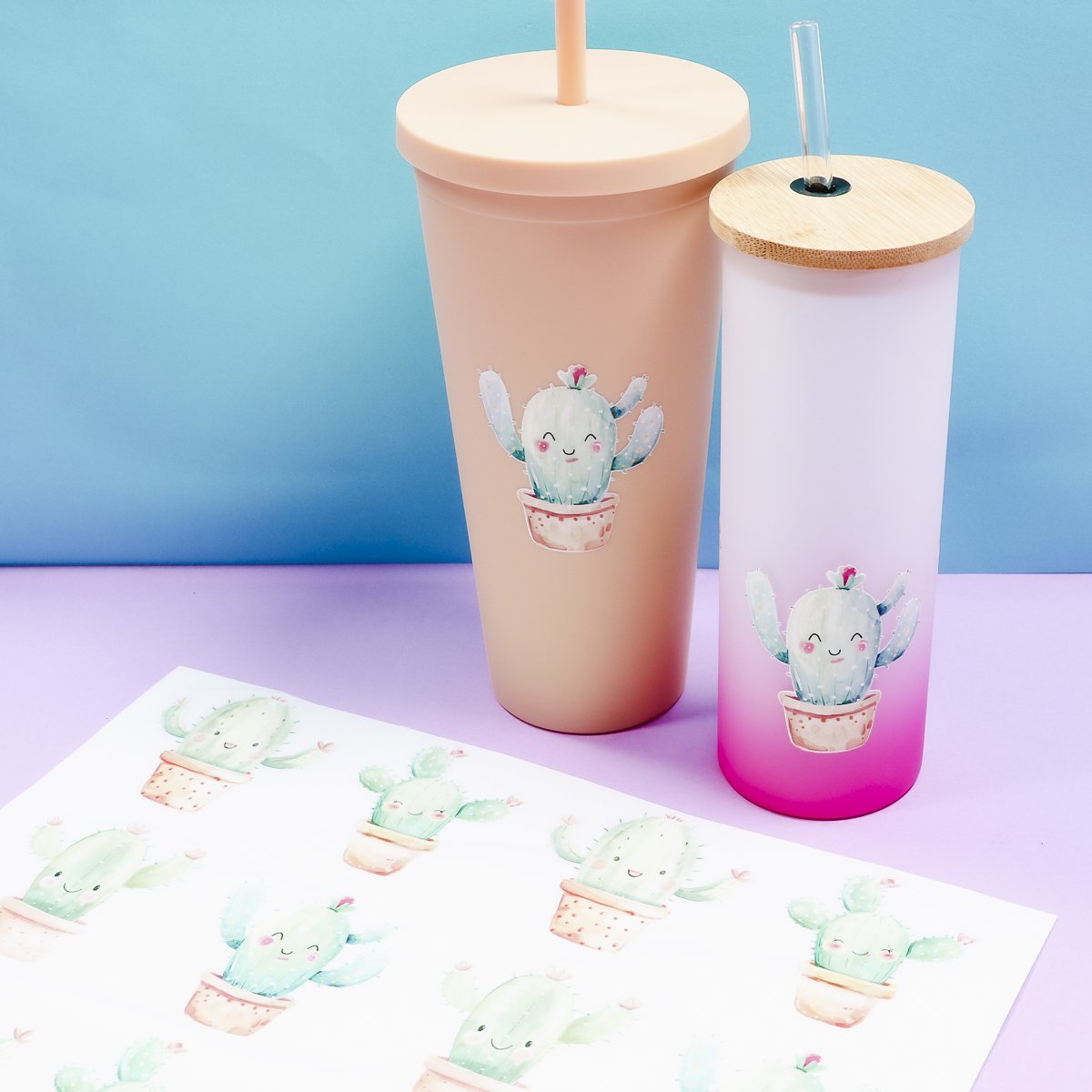
I really like both of these materials and I hope this helps you understand the difference between them.
I recommend trying either option and I think you'll love it. Ordering prints is a great way to decide if this is something you like before ordering a printer.
I hope I've answered any questions you have about DTF vs UV DTF, if you have any additional questions leave them in the comments and I'll be happy to answer them for you.
